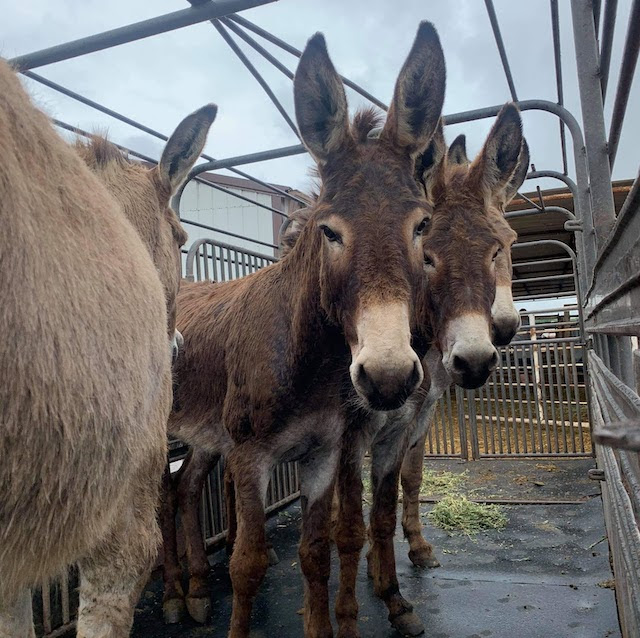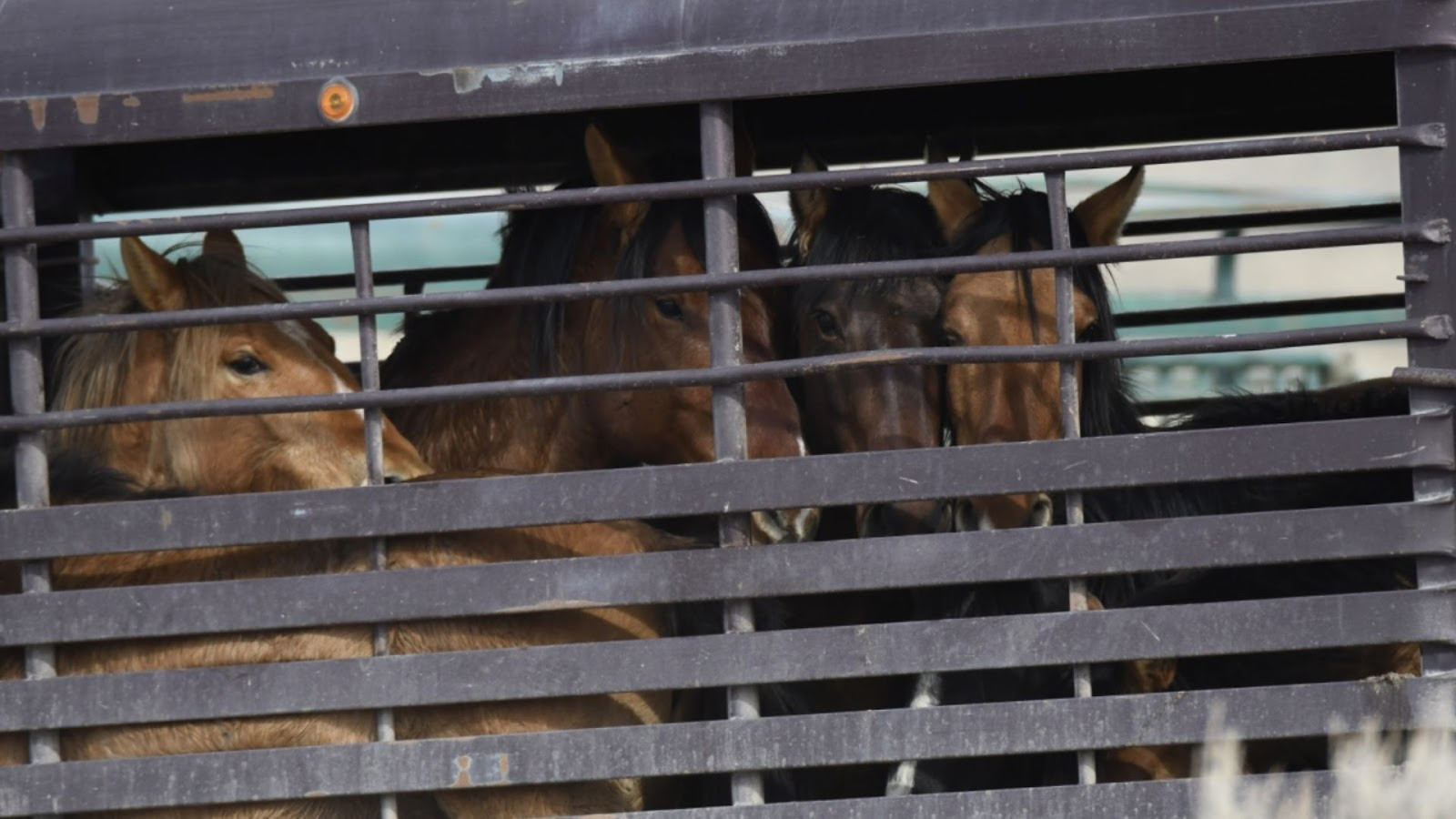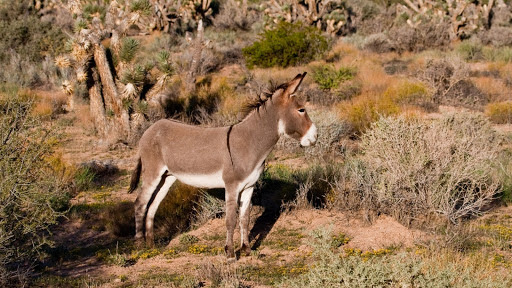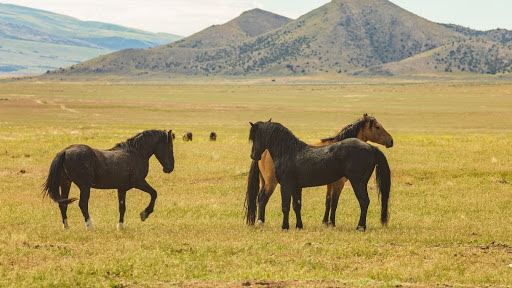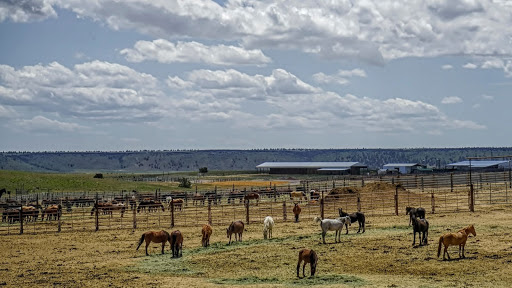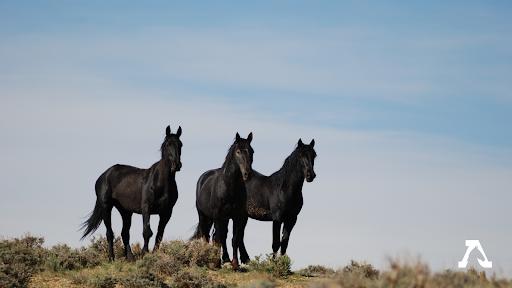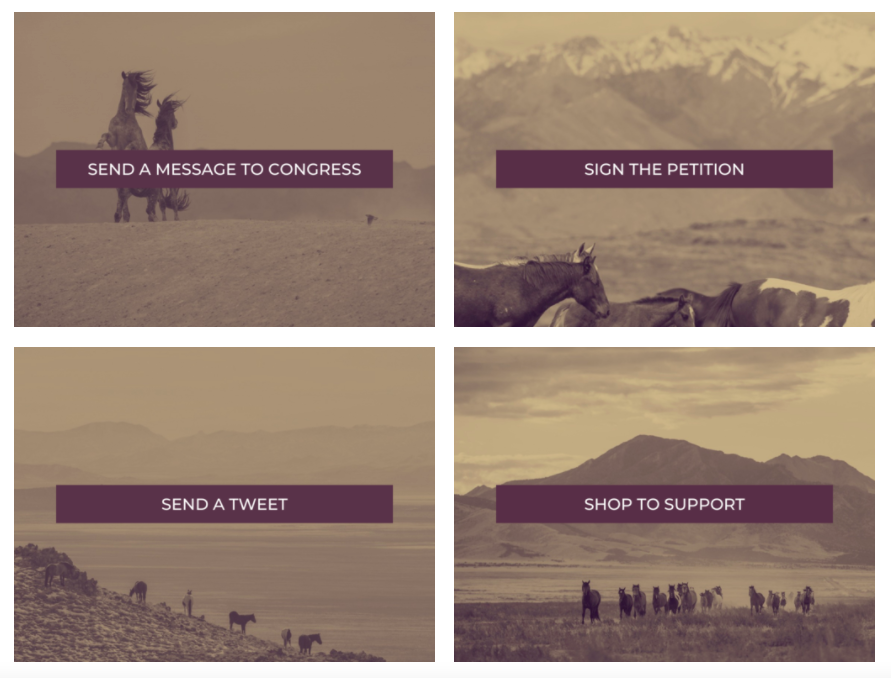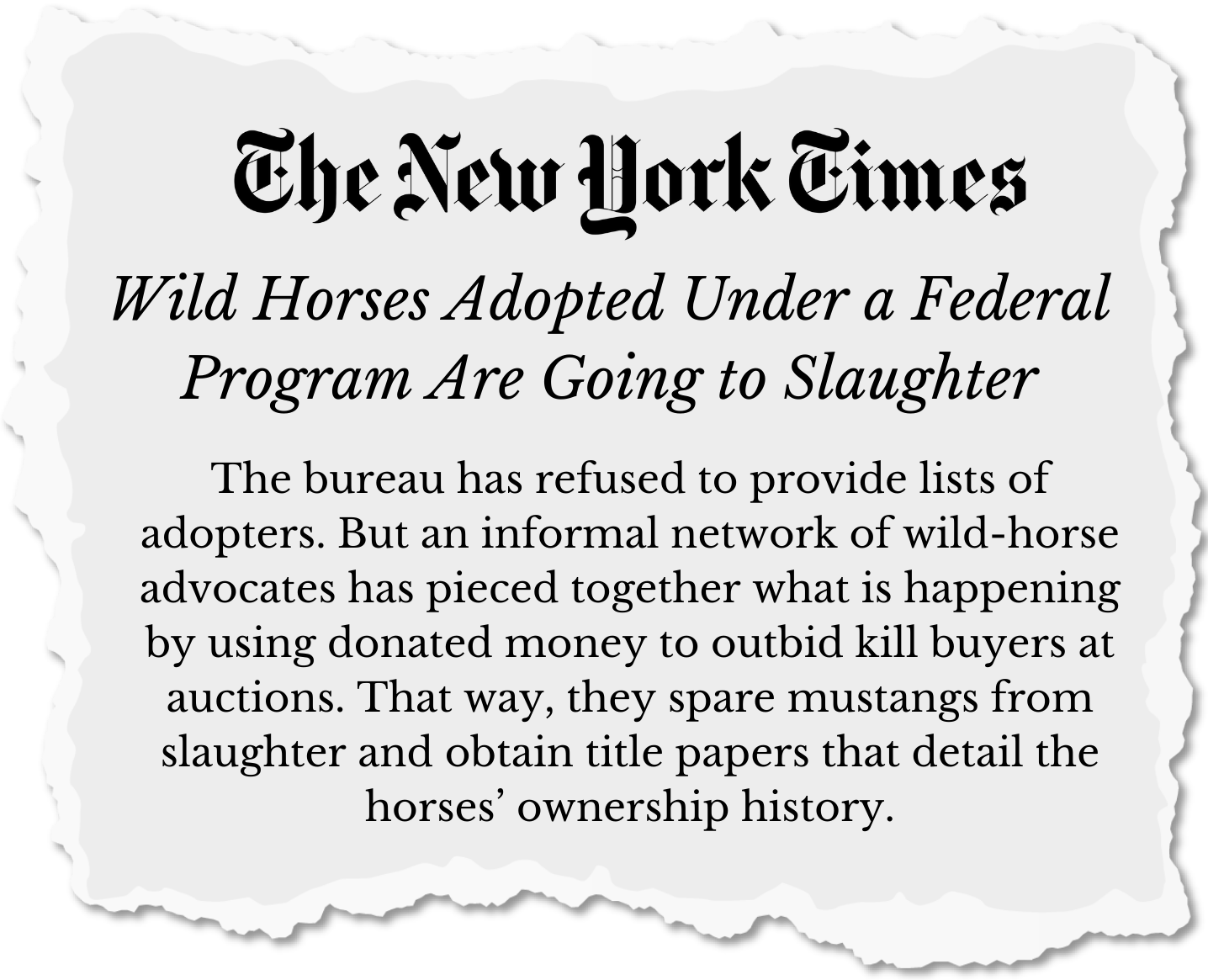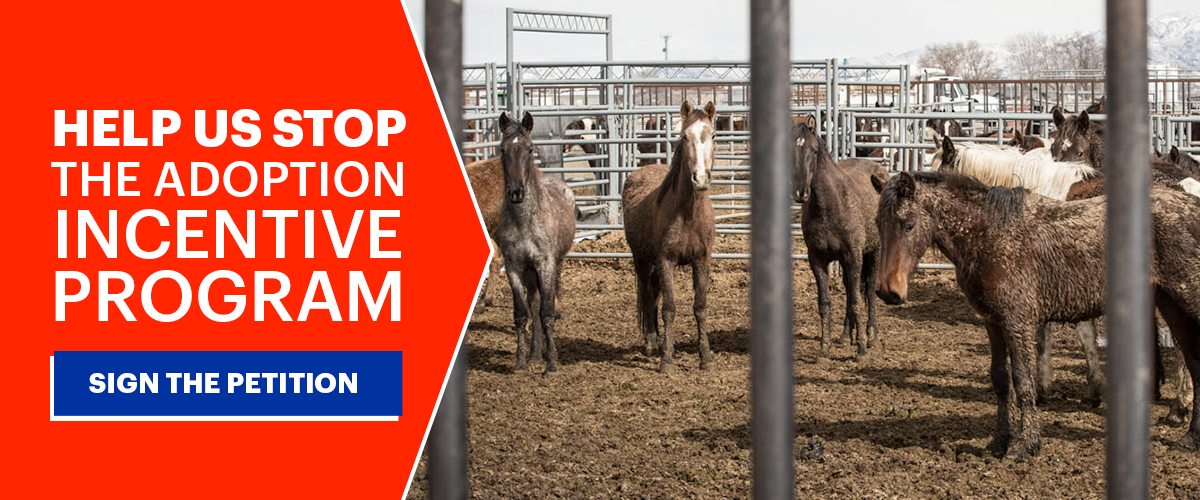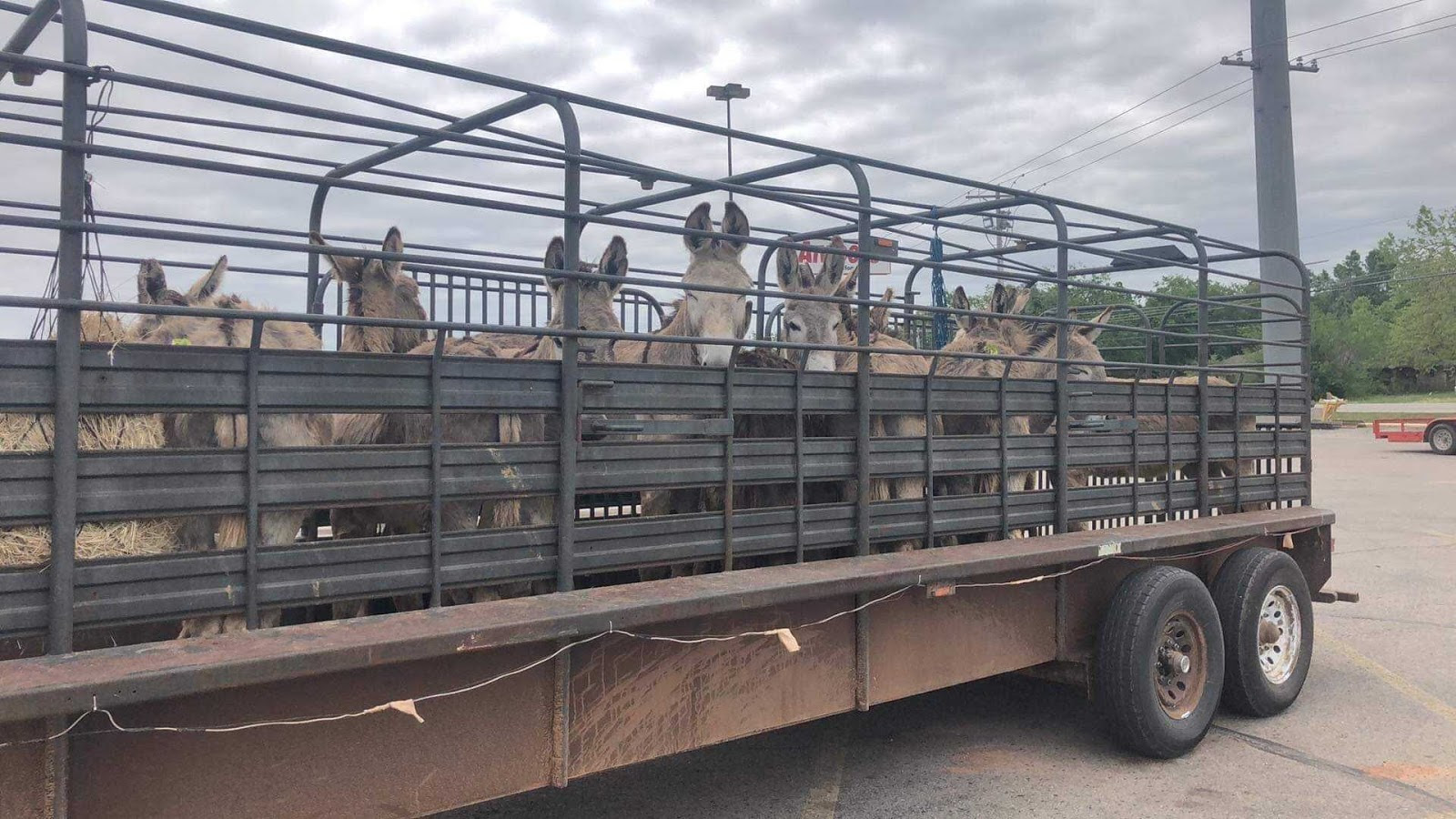BREAKING: The BLM has declared emergency roundups >> Take action now!
The following is from the American Wild Horse Campaign:

The Bureau of Land Management (BLM) just announced a series of “emergency roundups” that will remove 6,000 wild horses and burros before the end of September.
This means that when the BLM’s Fiscal Year 2021 ends on September 30, nearly 117,000 wild horses and burros will have been rounded up and put in off-range holding facilities.
Act now to protect wild horses and burros >>
There are already over 50,000 wild horses and burros that have been stockpiled in government holding at the expense of taxpayers — now this number will skyrocket to at least 60,000. Erica, that is the highest number of wild horses and burros ever maintained in the BLM’s off-range holding facilities.
The BLM is rounding up these innocent animals under the guise of brutal weather conditions across the West — and while we agree that some areas of the range are experiencing water and forage shortages or fire emergencies, the BLM’s use of emergency roundups is at best a bandaid on a larger problem, and at worst an abuse of the public process.
By designating these roundups as “emergency,” the BLM can avoid the standard requirements for analysis and public commentary on a scheduled roundup AND they can also reduce populations below the already-low imposed population limits.
There’s no denying that the West is suffering from some extreme weather conditions right now, but livestock like cattle and sheep have grazed these lands for months, decimating the resources for all wildlife on the range.
| TAKE ACTION |
The Antelope Complex is one area where livestock heavily outnumbers the wild horse populations in the area. But yet again, the BLM has placed the burden of range degradation on mustangs and is ignoring the massive effect that livestock grazing has on our public lands!
The BLM must be held accountable. If range conditions are really so poor that the BLM feels the need to conduct emergency roundups of wild horses, then the agency should remove the livestock that utilize the same habitat. Take action now: Tell the BLM to prioritize the removal of livestock and protect wild horses and burros. >>
| TAKE ACTION |


